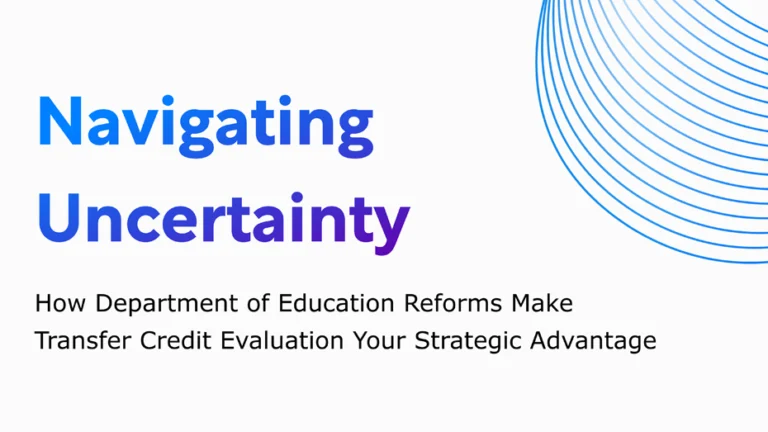How Building an Employee Self-Service Portal with BPM Software Can Maximize HR Potential
For any company, attracting and retaining top talent remains challenging. Smart business leaders are focused on comprehensive employee engagement strategies to ensure attrition is as low as possible.
Successful organizations know that an engaged workforce stays longer and works harder than less-satisfied staff members, and Human Resources professionals are getting more creative in their approach to engagement. However, transactional HR work, such as administering benefits and publishing workplace policies, can become a distraction. By automating many of the tasks that HR staff have traditionally completed manually, employee self-service portals offer an effective solution for businesses of every size.
Employee Self-Service Portals Benefits
Technology is getting smarter, and basic HR functions are prime candidates for automation. By applying business process management (BPM) software to create an Employee Self-Service platform, employees and HR staff alike will have access to a central hub where they can complete tasks, view tax information and receive company news. HR professionals can offload many transactional and data-entry activities such as requests for time off by automating HR processes with the BPM platform and making them widely accessible to all employees. Less time spent on repetitive and transactional tasks means more time for strategic planning, and HR staff is able to focus their efforts on tasks that align with company goals. As HR departments grow more productive, the business realizes significant savings in both time and money.
Employee Self-Service portals also benefit engagement levels in other ways. For example, giving employees control over their personal information is empowering, which builds engagement throughout the organization. Most Employee Self-Service users report that they prefer to use an online tool to manage tax forms, direct deposit, and benefits selection, as they can complete these transactions at their leisure. They are no longer required to make an appointment or wait on hold for a call center agent to input the information.
How to Build an Employee Self-Service Portal with BPM Software
Of course, Employee Self-Service Portals are only effective when they are reliable and accurate. This requires automation and process functionality provided by a BPM platform. If BPM software is already in use for other business processes, employees can easily transition their existing skills toward the creation of a self-service portal.
If BPM software is new to the organization, the success of an Employee Self-Service system encourages HR leaders to consider BPM tools for other company processes. In many situations, the use of BPM software in HR rapidly expands to operations in other parts of the company. The simplicity of combining HR onboarding processes into a single location is appealing to leaders in every department. Imagine how easy it would be to request a laptop for a new employee.
A full-featured BPM solution offers an entire suite of tools, making it a natural choice for building an Employee Self-Service Portal. Common examples of additional HR Self-Service portal functionality may incorporate the following.
Document Management – Advanced BPM platforms permit the digital collection, storage, and retrieval of critical documents. In an Employee Self-Service system, this may include tax information, pay stubs, and benefits confirmations. All items are organized by individual employees, and they are secured through unique passwords. Cloud-based solutions offer a cost-effective and secure way to store these documents, and it is easily scalable for enterprise-wide deployments.
Reporting Tools – BPM tools can be configured to automatically collect and analyze employee data, allowing for accurate and timely decision making. Dashboards offer valuable insight into your workforce and ensure a data-driven engagement strategy. Service level reports let users drill down for detailed information on specific cases, even at the individual contributor level. Through built-in reporting tools, HR and managers can monitor and evaluate the efficiency of employees as individuals, groups or even as a department. This detailed information can also be included in performance evaluations and it can also provide justification for additional headcount when it’s warranted.
Customizable Dashboards – Through the use of BPM software, the dashboards inside of Employee Self-Service Portals can be customized and populated with fresh data to serve each user’s needs. They ensure each user receives the most relevant and timely information upon login. For example, individual contributors can make requests, view company news, update their personal information, and locate outstanding tasks directly from their home page. Managers, on the other hand, can be notified of requests that need processing, view KPI dashboards and also utilize self-service features from the home page configured for them. Dashboards can be configured to display information pertinent and timely for virtually any user.
Connections to External Applications – There is a wide array of HR software available to support tasks ranging from schedule creation to leave of absence management. BPM platforms that offer a complete library of REST endpoints can be incorporated into almost any external application. BPM features and elements, such as the inbox, can be integrated into an existing user portal to create a seamless experience for your staff members. If the BPM platform hosts the portal, it is simple to integrate external features into processes and the dashboard. In addition, web services architecture makes it easy to connect with other HR applications, making the entire menu of HR tools available – all in one place.
As global competition heats up and e-commerce changes consumer expectations, workflow automation is no longer optional. Successful organizations automate routine tasks to maximize efficiency, use resources wisely, and exceed quality standards. Employee transaction automation is a wise nod to valuable lessons already learned from the eCommerce industry. Through the automation of basic functions, HR professionals are better able to concentrate on adding value to the organization by improving engagement, increasing retention, and supporting employees to become more efficient and effective in their roles.
Learn more about creating an Employee Self-Service Portal with BPM software from the leaders at ProcessMaker.





